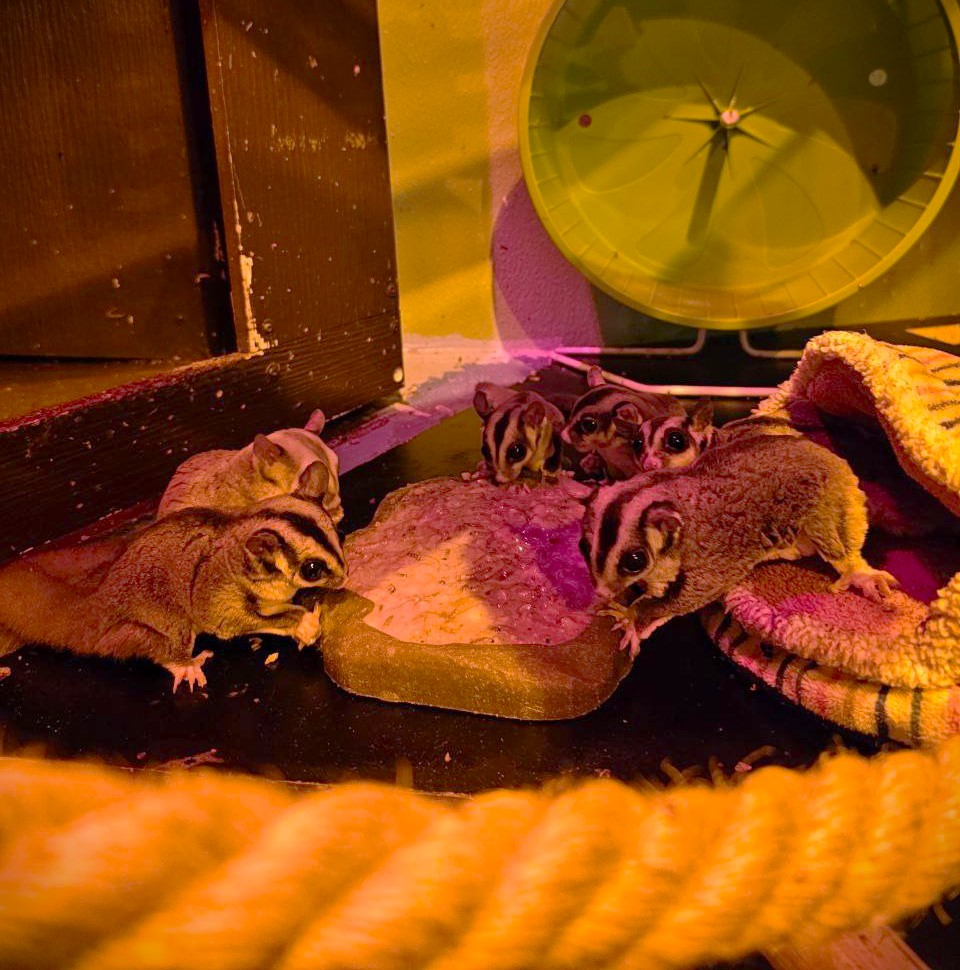Wallaby vs Kangaroo: What’s the Difference?
Share it on:
Sure, they look pretty much the same and from a distance would be considered the same animal! Wallabies and Kangaroos are mammals (marsupials) that belong to the order Diprotodontia, which also includes opossums, wombats, and koalas. And both are known for their home habitat in the Land Down Under, Australia. But there are some pretty distinct differences between the wallaby and kangaroo!
Is a Wallaby a Kangaroo?
Nope! The Wallaby is a small marsupial, much smaller than its big Kangaroo sister. One of the biggest characteristics of the wallaby that separates them from kangaroos is size. Wallabies usually only grow to about 3 feet tall and weigh around 45 pounds. Kangaroos grow much larger – usually around 8 feet tall and weigh about 150 to 200 pounds!
Body Shape: Both are known to be the hippity hoppity creature of the brushlands because they are both macropods, meaning they both have overly large feet. Kangaroo legs are really long between the knees and the ankles, which makes their legs oversized with respect to their body. The wallaby has more compact legs which are shorter.
Color: Wallabies have much more colorful, distinct fur than kangaroos. Kangaroos have a coat of a muted color, such as brown or gray. Wallabies, however, have a variety of two or three colors on their coat, some being a striking brown or light fur.
What Do Wallabies and Kangaroos Eat?
Wallabies are herbivores, which means they only eat plants. They tend to dine on mostly plant and leaves because of the forested areas they reside in. Kangaroos generally dine on grasses because they are found to live in more open, treeless areas. Both will also snack on fruits and veggies if they are around.
How Long Do Wallabies and Kangaroos Live?
Surprisingly, wallabies generally have a longer lifespan and live for around 15 years in the wild.. Kangaroos only average a six year lifespan in the wild but with proper care , they can live up to 20 years in captivity.
Fun Facts About Wallabies and Kangaroos:
- Wallabies can run as fast as 9 miles per hour and jump up to 6 feet in the air.
- Kangaroos can jump almost 25 feet in length in one single bound!
- Kangaroos are the largest marsupial on earth.
- There are 60 species of kangaroo, and one of them climbs trees
- Kangaroos outnumber humans on the continent of Australia by 2:1 – there’s an estimated 50 million kangaroos that inhabit the land down under, versus 25 million people.
- Wallabies are mostly nocturnal, and spend the majority of their day sleeping and resting in the shade. At dusk is when they stir and become more active at night.
Are Wallabies or Kangaroos Dangerous?
Yes, both can be dangerous to humans if they feel threatened or fearful. They are both agile creatures with powerful legs and use their jumping abilities to defend themselves. Wallabies have been known to attack people and other animals, so it is best to give them a wide berth if you see one in the wild.
Are Wallabies or Kangaroos Endangered?
Though not listed as endangered now, there are a few species of Wallaby that are vulnerable including the Proserpine Rock-wallaby which is listed as Endangered and the Yellow-footed Rock-wallaby listed as Near Threatened on the IUCN Red List. Kangaroos are currently not threatened or endangered, however habitat loss and deforestation areas of Australia threaten many forms of wildlife in the regions.
SeaQuest is committed to protecting our world’s oceans and endangered animals. We focus on how to be proactive in finding solutions. To learn more about how you can help SeaQuest to protect endangered species, book your visit today at any of the following locations: Utah, Las Vegas, Dallas-Fort Worth, Denver, Sacramento, Minneapolis, Connecticut, Lynchburg, New Jersey, and Atlanta.
~Vince Covino



